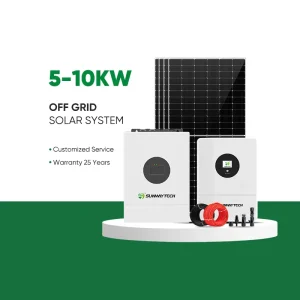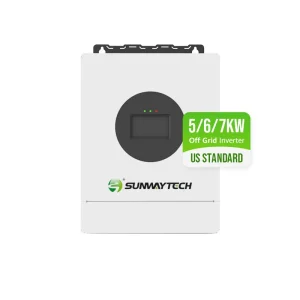Table of Contents
ToggleComparing Horizontal and Vertical Arrangements of Solar Modules in Photovoltaic Power Stations
There are two ways of arranging solar modules in photovoltaic power stations, horizontal and vertical. Horizontal means that the long side of the solar module is parallel to the east-west direction, while vertical means that the short side is parallel to the east-west direction. Whether to use horizontal or vertical depends on different situations. Which arrangement is more resistant to shading for the power generation of the solar modules?
Which one has a stronger anti-shading ability, horizontal or vertical?
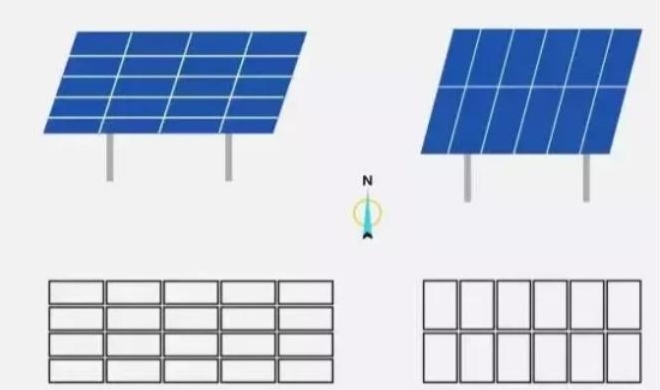
Shading causes the most significant decrease in power output for photovoltaic power stations, potentially reducing the power generation of photovoltaic systems by up to 90% (The Unknown Consequences of Photovoltaic Component Shading – Horizontal vs. Vertical). Components situated lower in the array are particularly susceptible to shading, and the impact on power generation varies depending on whether the solar modules are arranged horizontally or vertically.
Analyzing the circuit diagram of solar module power generation, we observe that complete shading of a row’s short sides results in no current flow through the three branches, leading to the cessation of electricity generation for those components. Conversely, complete shading of a row’s long sides still permits current flow through the other two branches. These shading scenarios arise from both horizontal and vertical arrangements.
When the lower part of the solar modules is shaded horizontally,
the other two branches still have current:
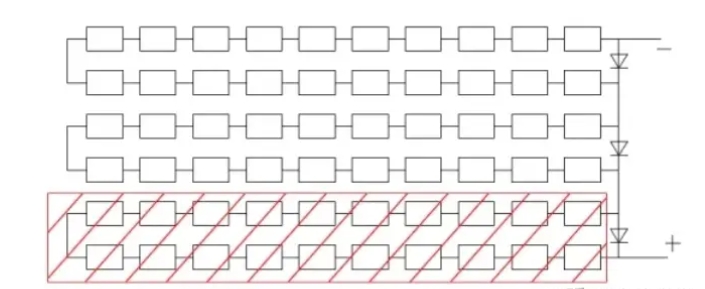
When shading occurs vertically on the lower part of the solar module,
it shades the three branches, causing the photovoltaic component to cease current generation:
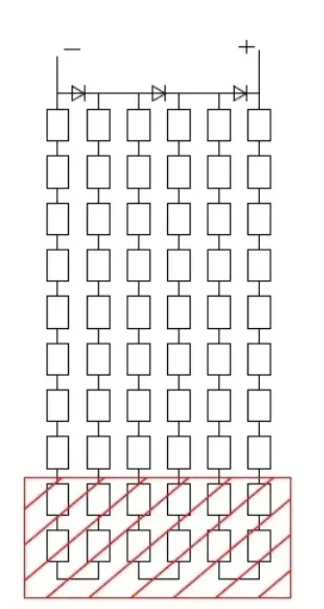
Conclusion:
Therefore, even though arranging solar panels horizontally might seem like it makes more shade, it actually blocks less sunlight and produces more power compared to the vertical setup.
In real-world situations, more solar panels are set up horizontally rather than vertically.
Horizontal shading from dirt is a bigger problem.
Although horizontally set panels are better at dealing with shade than vertical ones, in small shaded areas like dirt accumulating on the frame, horizontal panels still block more sunlight.
Additionally, the low angle of tilt in horizontal setups makes it easier for dirt to build up, worsening the shading caused by dirt.
?????? ?? ?? ?????? ???? ???????????!


